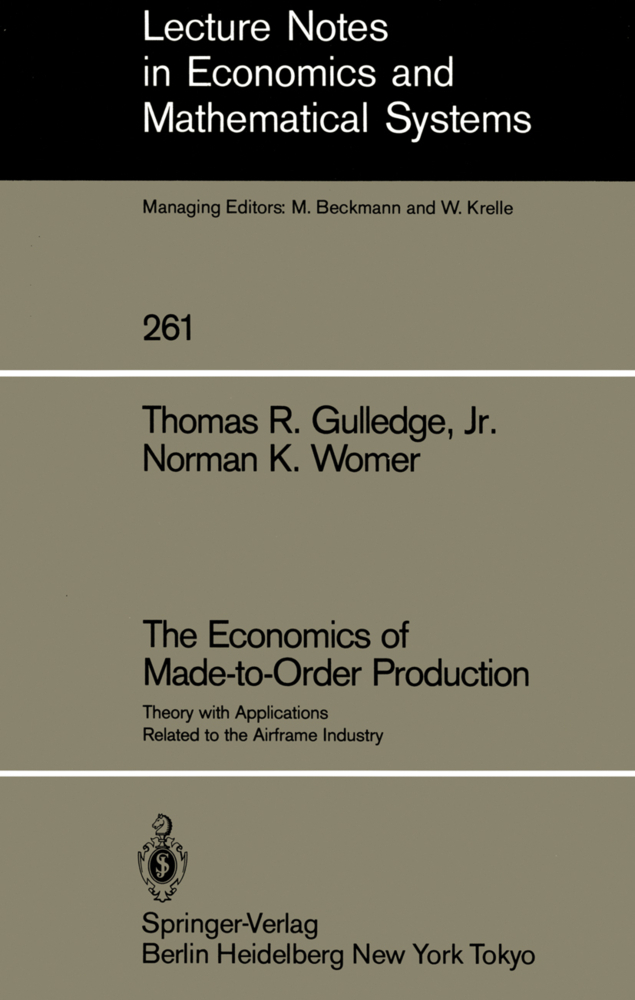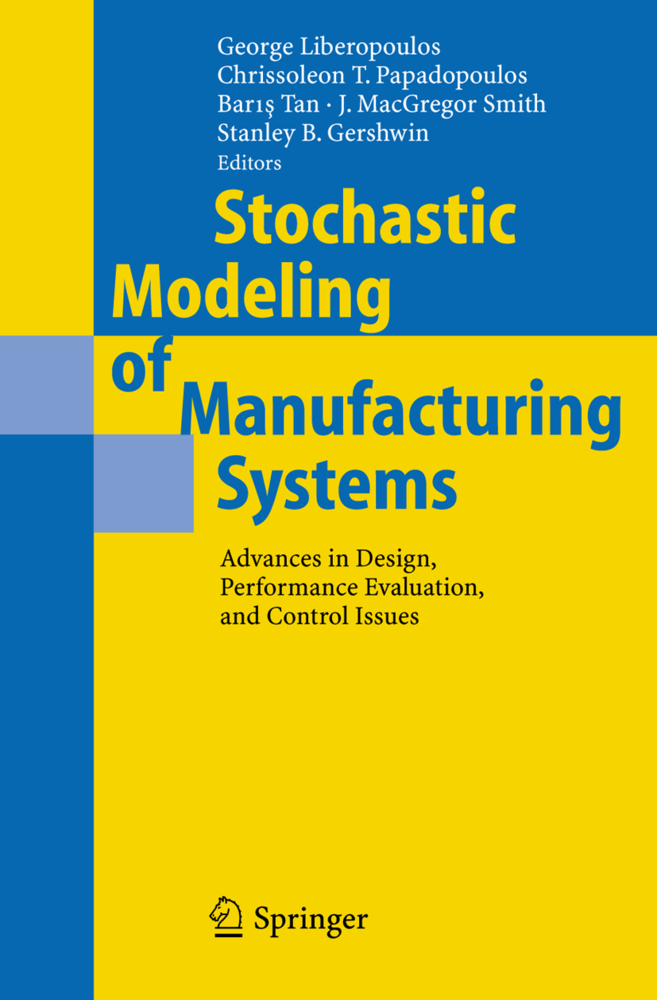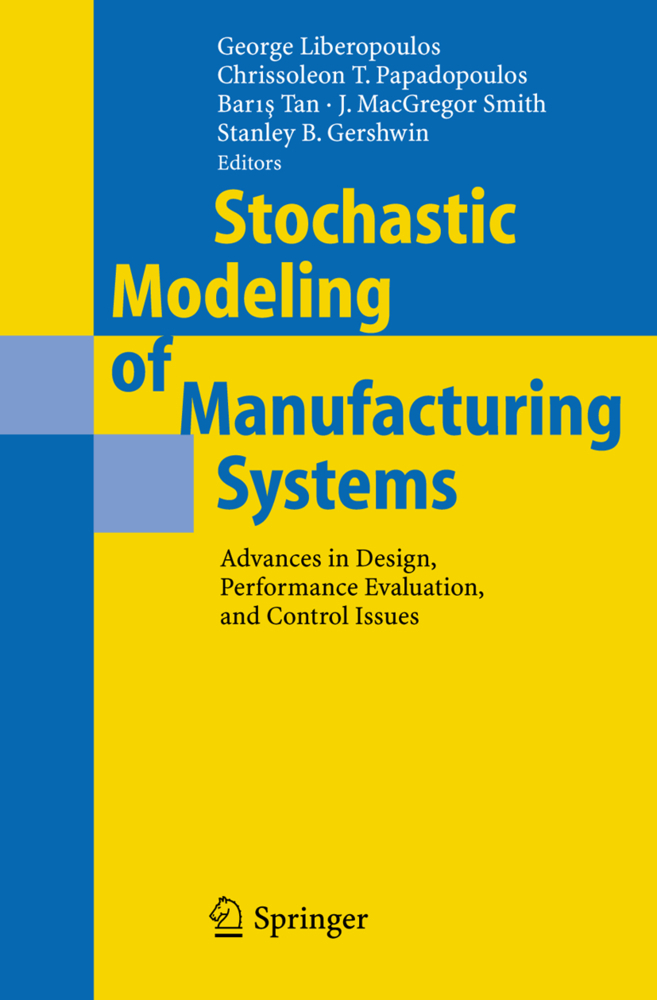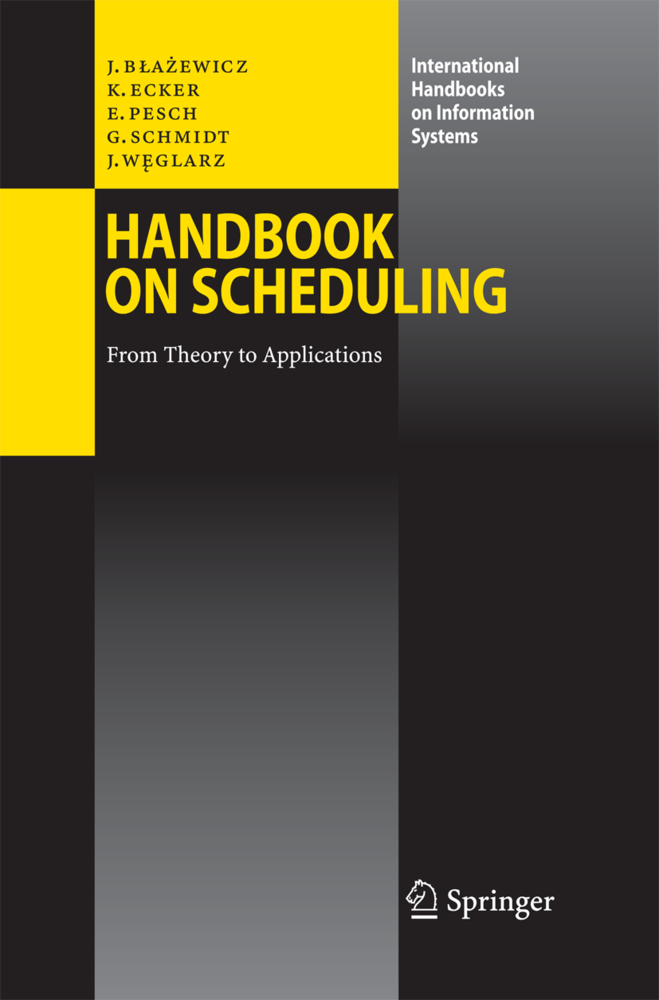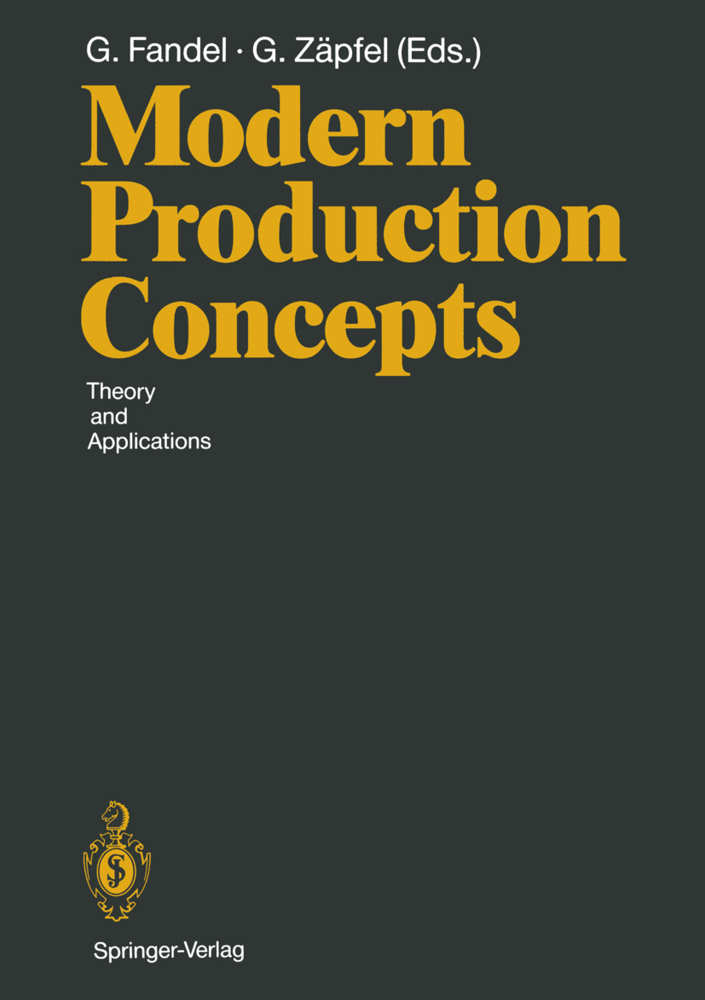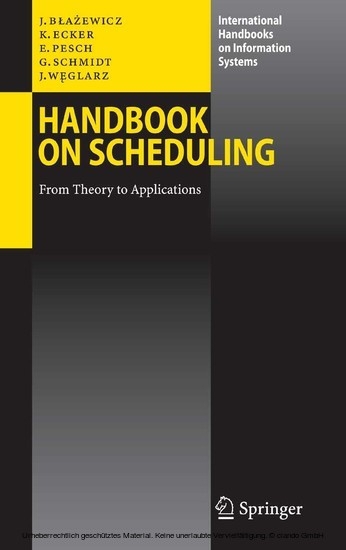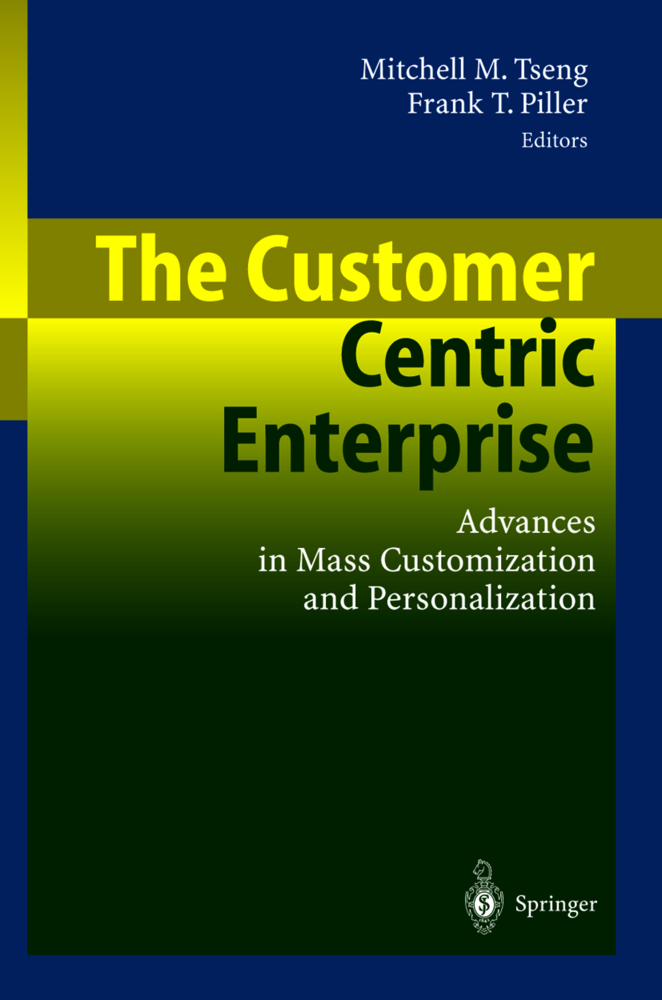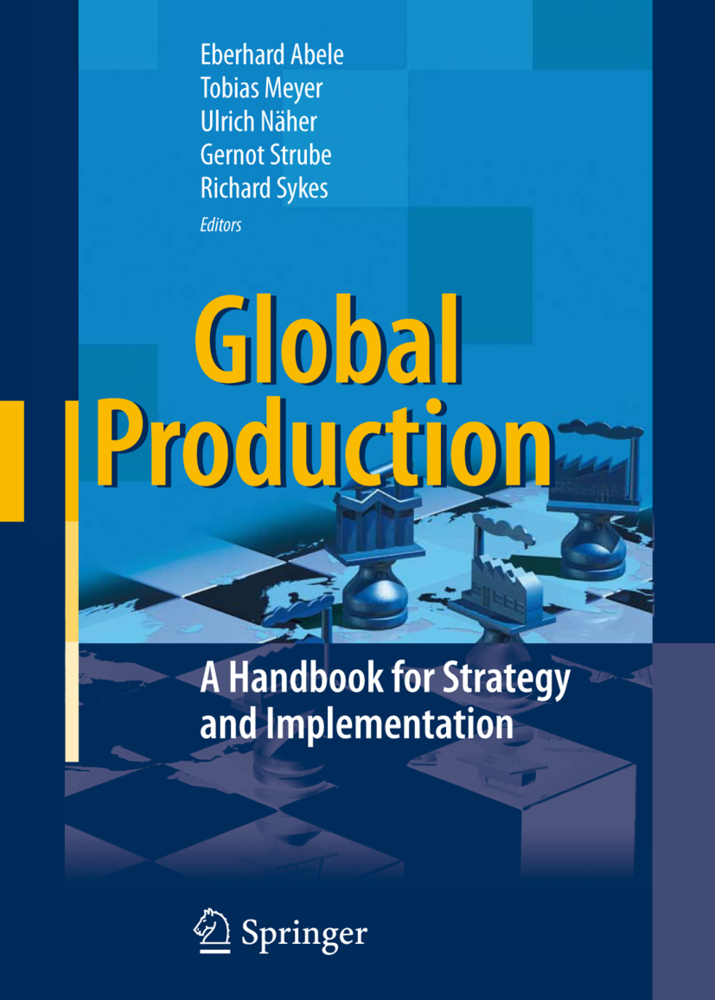The Economics of Made-to-Order Production
Theory with Applications Related to the Airframe Industry
The Economics of Made-to-Order Production
Theory with Applications Related to the Airframe Industry
The airframe industry is usually recognized as being different from most manufacturing industries. These differences, which are characterized by the number of units produced and the frequency of design changes, have been evident for many years. This uniqueness and the corresponding implications for cost estimation became particularly evident during World War II. The aircraft industry generally has been considered unique in that it differs from other manufacturing in the quantity of units manufactured and with the frequency with which changes are made during the course of manufacturing operations. In mass-production industries, manufacturing thousands or hundreds of thousands of identical units, methods and cost of production tend to remain fairly constant after production has been stabilized, whereas in the aircraft industry, method improvements are constantly being made and cost is a variable depending on the number of airplanes being manufactured (Berghell, 1944). These differences, coupled with political considerations, place unusual demands on cost modelers. This has been particularly true in recent years where large cost overruns have generated Congressional demands for better cost estimates. Traditionally, cost estimators in the airframe industry have used one or more of the following estimating techniques: 1. industrial engineering time standards, 2. parametric cost estimating models, 3. learning curves. All of the methods have been used with mixed results in specific situations. The general emphasis of all three approaches is cost estimation for planning purposes prior to beginning production, although some of the techniques may be used during the production phase of a program.
Scope and Methodology
II Historical Perspective
The Origins of the Learning Curve
Linking the Progress Function with Economic Theory
Early Solutions for the Learning Augmented Planning Problem
III Recent Results in the Analysis of Made-to-Order Production
General Theoretical Results
A Refinement of Alchian's Propositions
A Basic Model for Learning Augmented Production Analysis
The Basic Model with a Variable Delivery Schedule
The Importance of the Theoretical Framework
IV Model Applications in the Airframe Industry
Application to the C141 Airframe Program
Production Cost Drivers
The C141 Model
Empirical Results
Sensitivity Analyses
Model Modifications and Extensions
Summary
V Two Production Function Model
The Model Formulation and Solution
Strategy for Application
Sensitivity Analyses
Application to the F102 Airframe Program
VI Discrete Dynamic Cost Models
A Dynamic Programming Model for Made-to-Order Production
Simulations with the Dynamic Programming Model
A Second Dynamic Programming Model for Made-to-Order Production
A Third Dynamic Programming Model for Made-to-Order Production
Relationships Among the Three Models
An Application of a Discrete Dynamic Model
Summary
VII Empirical Production Rate Assessment Models
Estimating Cost Impacts
Contractor Behavior
Summary
VIII Summary and Conclusions.
I Introduction
Statement of the Learning Augmented Economic Planning ProblemScope and Methodology
II Historical Perspective
The Origins of the Learning Curve
Linking the Progress Function with Economic Theory
Early Solutions for the Learning Augmented Planning Problem
III Recent Results in the Analysis of Made-to-Order Production
General Theoretical Results
A Refinement of Alchian's Propositions
A Basic Model for Learning Augmented Production Analysis
The Basic Model with a Variable Delivery Schedule
The Importance of the Theoretical Framework
IV Model Applications in the Airframe Industry
Application to the C141 Airframe Program
Production Cost Drivers
The C141 Model
Empirical Results
Sensitivity Analyses
Model Modifications and Extensions
Summary
V Two Production Function Model
The Model Formulation and Solution
Strategy for Application
Sensitivity Analyses
Application to the F102 Airframe Program
VI Discrete Dynamic Cost Models
A Dynamic Programming Model for Made-to-Order Production
Simulations with the Dynamic Programming Model
A Second Dynamic Programming Model for Made-to-Order Production
A Third Dynamic Programming Model for Made-to-Order Production
Relationships Among the Three Models
An Application of a Discrete Dynamic Model
Summary
VII Empirical Production Rate Assessment Models
Estimating Cost Impacts
Contractor Behavior
Summary
VIII Summary and Conclusions.
Gulledge, Thomas R.
Womer, Norman K.
| ISBN | 978-3-540-16055-7 |
|---|---|
| Artikelnummer | 9783540160557 |
| Medientyp | Buch |
| Copyrightjahr | 1986 |
| Verlag | Springer, Berlin |
| Umfang | VI, 138 Seiten |
| Abbildungen | VI, 138 p. |
| Sprache | Englisch |

